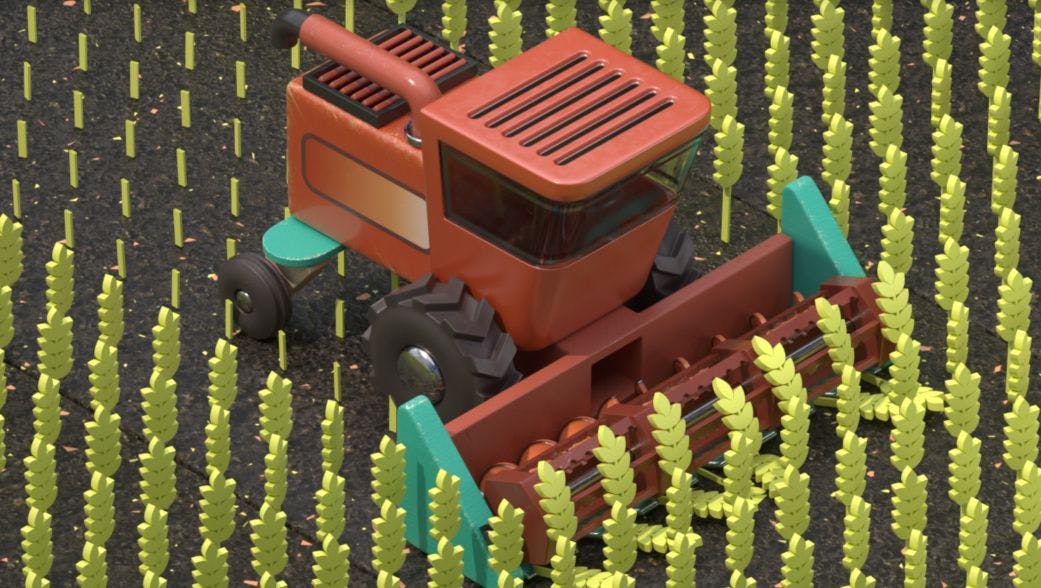Technology continues to reshape the way we learn and interact with the world. One exciting advancement is the 3D plant cell model, a powerful tool that brings science to life. Unlike flat textbook diagrams, these immersive models give learners a chance to explore cell structures in detail, making biology more interactive and engaging. With advances in 3D model viewing, students, researchers, and educators can now experience plant cells in a way that feels both realistic and hands-on.
Why Use a 3D Plant Cell Model?
Traditional 2D diagrams are helpful but limited. A 3D plant cell model adds depth and interactivity, showing how the parts of a cell connect and function together.
Benefits include:
- Better understanding: View structures from all angles to see how organelles fit and interact.
- Engagement: Interactive models make learning more enjoyable and memorable.
- Accuracy: Advanced imaging ensures scientific precision, far beyond hand-drawn diagrams.
VR and 3D Learning
Virtual reality (VR) combined with 3D modeling creates immersive experiences. Using VR headsets, students can “step inside” a cell and explore its structures in detail. For those without VR tools, web-based models or desktop 3D software still allow interactive exploration.
This approach transforms biology from passive memorization into an active, exploratory process.

Artwork by Ahmed Alsagheer
Features of 3D Technology in Biology
The features of 3D technology make these models so impactful for science education:
- High-resolution imaging: Techniques like confocal microscopy capture cells in remarkable detail.
- Zoom and rotate options: View structures from multiple perspectives.
- Accessibility: Models can be shared online for wider reach.
- Realism: Cells are represented as close to their natural state as possible.
These features help both students and researchers explore plant cells with clarity and depth.
Case Study: Zygote Body’s Interactive Models
A strong example of how 3D learning works is Zygote Body, a platform originally built for anatomy education. It uses interactive 3D models to let users explore biological systems layer by layer. Inspired by this success, similar approaches are now applied to plant cells.
Results of 3D use in learning:
- Increased retention and understanding in classrooms.
- Higher engagement compared to textbook-only learning.
- Easier access for students through free or web-based tools.
This case shows how 3D plant cell models can make biology education more effective and accessible worldwide.
Frequently Asked Questions
What is a 3D plant cell model?
It’s an interactive, digital model of a plant cell that shows its structures in three dimensions. Unlike static diagrams, it allows zooming, rotation, and exploration.

Artwork by Sterling Osment
How are these models created?
Scientists use imaging technologies like confocal microscopy and tomography to capture cells. Software then assembles these images into accurate 3D models.
Do I need special equipment to view them?
No. While Virtual Reality headsets provide a fully immersive experience, many models can also be accessed on desktops, laptops, or even web browsers.
Why are 3D plant cell models useful in education?
They make complex concepts easier to understand, improve memory retention, and offer interactive learning experiences that boost student engagement.
Conclusion
The 3D plant cell model is transforming how we study biology. By combining scientific accuracy with interactive technology, it makes cell structures easier to understand and more engaging to explore. Whether through VR, desktop software, or online platforms, 3D models provide a unique opportunity for both students and researchers to see biology in action. As technology continues to evolve, these models will play a key role in reshaping science education and making complex concepts accessible to everyone.

